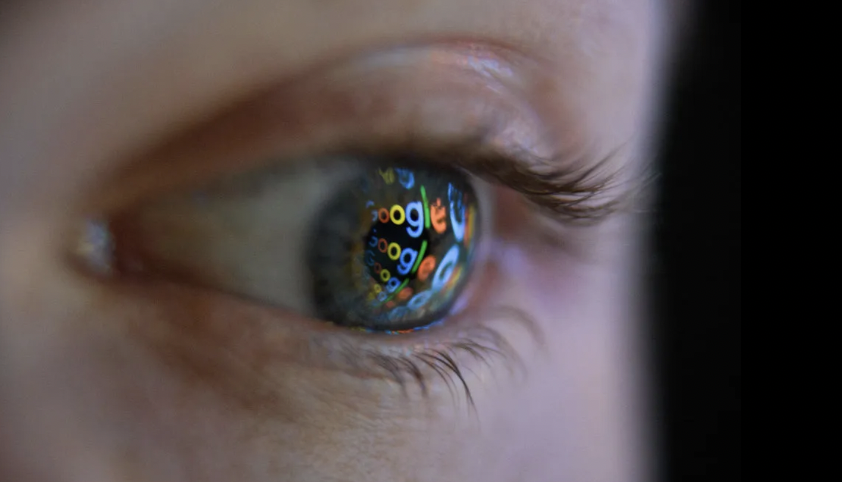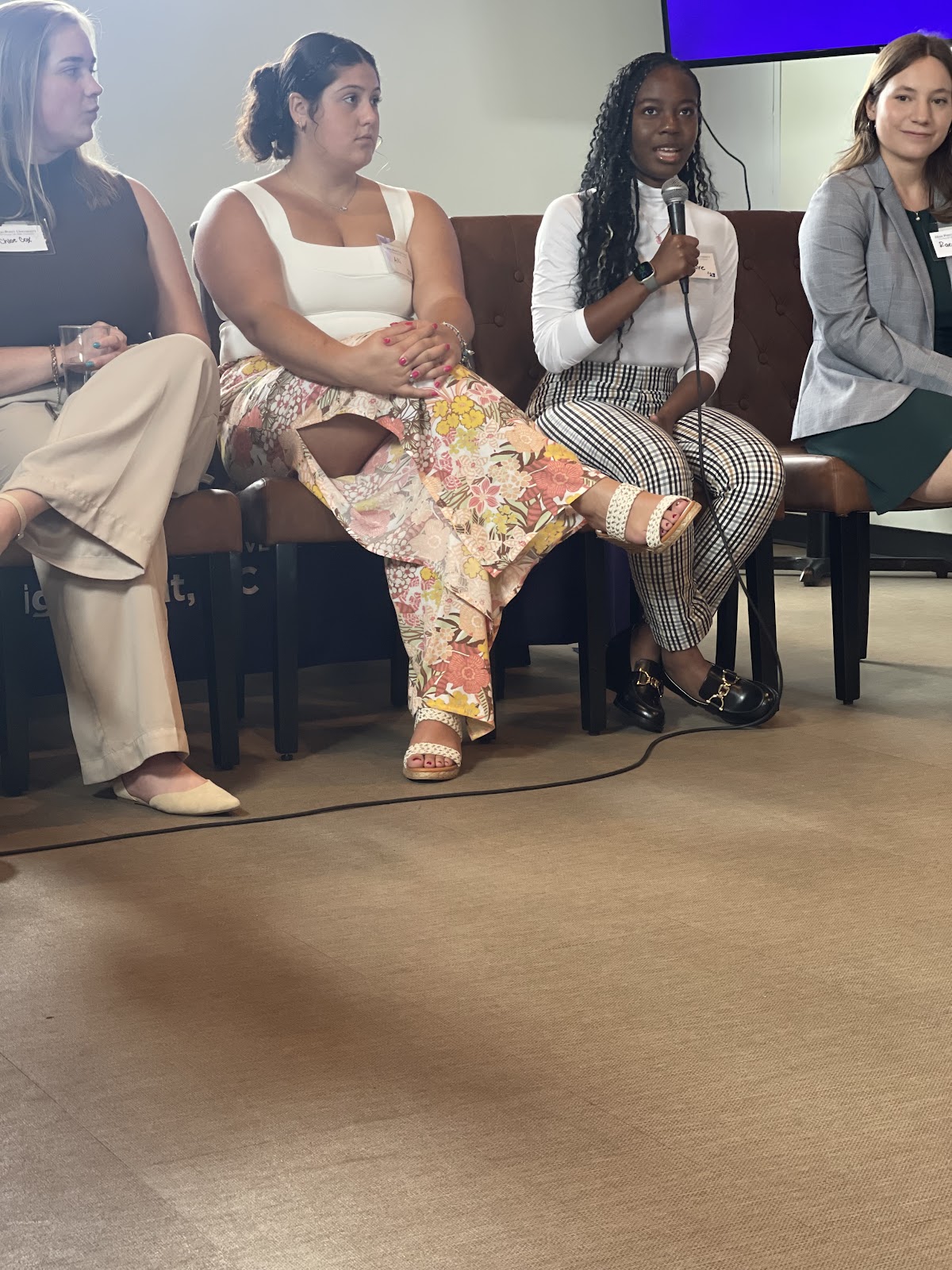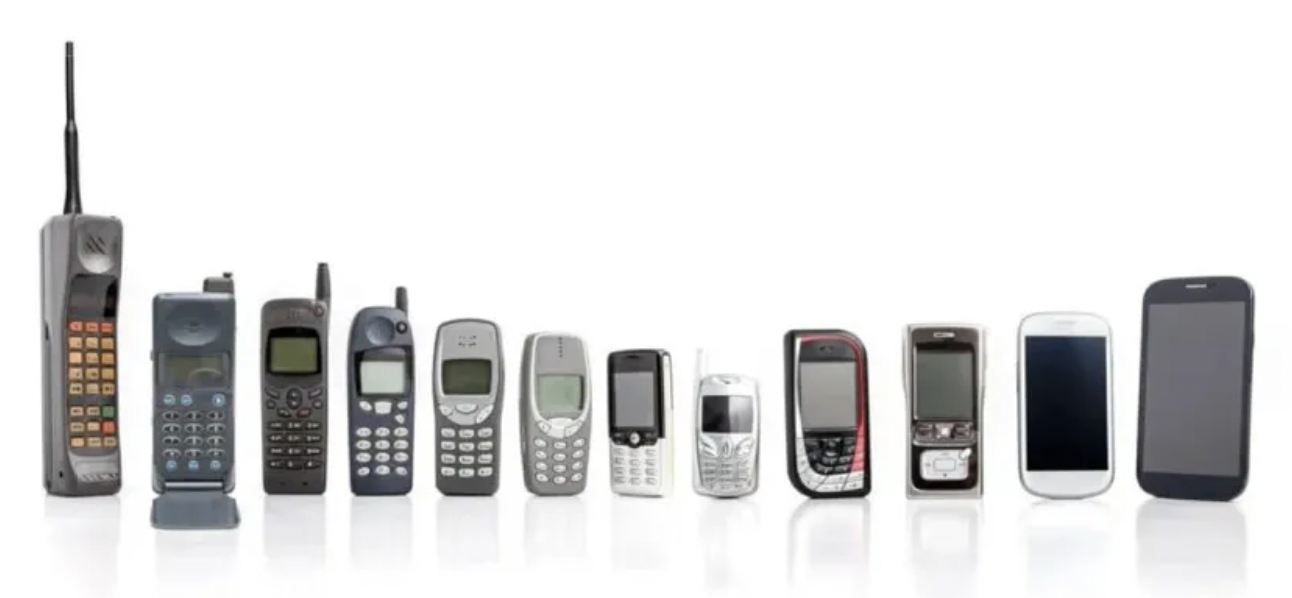The Webster's Dictionary defines an echo chamber as "a room with sound-reflecting walls used for producing hollow or echoing sounds." If you do a quick Google search, it is almost impossible to find out what an echo chamber is used for. This is because when most people say "echo chamber," they are speaking figuratively.
What is a figurative echo chamber?
An echo chamber is any environment or space where a person is only interacting with views and information that confirms and reinforces their own beliefs. Many different environments can be considered an echo chamber. For example, your family could be creating an echo chamber of beliefs. If everyone in your household believes in all of the exact same principles, only certain views and opinions will be shared within the walls of your home. This leaves no space for new or different ideas to be communicated or even considered. There can also be a digital, online echo chamber, especially with the emergence and advancement of social media platforms like TikTok, Instagram, and Facebook.
Many scholars, including psychiatrist Dr. Adam Howard, have done research on how private schools and universities, such as High Point, are easy homes for echo chambers. This is because private schools tend to attract and accept specific "types" of students, wealthy, white, etc, more than others. Although private schools do accept students who do not fit those demographics, they are generally in the overwhelming minority. This creates an echo chamber, an "epistemic bubble," as Dr. Howard refers to it, where only the majority beliefs and ideology are heard as opposed to a mix of views from people with diverse lived experiences.
For example, in high school, I attended a private K-12 school where the majority of the student body was white and well-off. Additionally, many of the students had gone to the school all thirteen years, only had friends who went to their school or other private schools, dated within the same pool of roughly 130 people and did all of their extracurricular activities with the same people. Coming from a private middle school, I quickly noticed that many of the students who had gone to the school their entire lives held a lot of the same beliefs, one of them being that everybody magically had a car at 16. Although I knew that that was far from the truth, the other students had been socialized to believe it. This is because they only ever interacted with others who lived nearly identical lifestyles, which created an echo chamber.
In summary, echo chambers can occur anywhere where information is shared and exchanged by a group of people.
What causes someone to be in an echo chamber?
As I mentioned earlier, echo chambers can emerge in a variety of different environments. One of the biggest creators of echo chambers today, however, is social media.
One reason is that platforms like Instagram and TikTok have algorithms that cater to users’ activity (likes, shares, saves, etc), creating echo chambers that only reinforce existing beliefs. If you interact positively with videos and content that reinforces your own ideas, social media will only continue to feed you with that specific set of beliefs, producing an echo chamber.
Another reason for this is because of how easy it is to find other like-minded people on social media. This allows for people to form digital communities (Facebook groups, for example) that share one or more very specific viewpoints. Additionally, it is common for people to follow creators who share their opinions and ignore those who don't. This results in a social media feed that serves as yet another echo chamber.
So what if my environment only reinforces my own beliefs? They're correct!
But what if they're not? Allowing yourself to live in echo chambers introduces a host of problems, one of which is misinformation. If an assertion that is aligned with your other beliefs enters into your echo chamber, whether that be digitally or with your peers, it is nearly impossible to confirm whether or not that belief is factually supported because you will only see/hear things that confirm it.
For example, imagine if you were a person who was concerned with the safety of your community because you believed that the immigrants moving into your neighborhood were dangerous. Additionally, you surround yourself with other individuals and media that are against immigrants. One day, Donald Trump, someone you see as trustworthy and truthful, gets on national television and says that the immigrants in Springfield are dangerous and are eating people's pets. Everyone in your immediate circle believes it to be true and the media you consume agrees with Trump. As a result, you take no action to find out whether or not it is actually true because everything around you (in your echo chamber) tells you that it is true.
Other issues caused by echo chambers are developing a one-sided perspective, decreased political and societal awareness, and being less open to others' viewpoints.
How to avoid/escape your own echo chamber
There are several steps you can take to avoid being in an echo chamber or escape one that you are already in. Two steps are to interact with people whose views differ from your own and to utilize multiple different sources for information and news. By doing so, you ensure that you will encounter views that counter your own, allowing you to equally consider and evaluate different arguments and make well-informed decisions about what you believe.












